|
By Gretchen Schuldt COVID cut an uneven path across state courts in five mid-size counties last year. Douglas County's criminal case backlog actually shrank by 17% from December 2019 to December 2020, while Shawano County's, highest among the five counties to begin with, grew by 46%, tops among the five. The number of pending criminal cases in Shawano County in December 2020 was more than three times the number in any of the other four – Douglas, Pierce, Marinette, and Oconto counties. WJI examined the numbers of pending cases in the state's five largest counties here and the five smallest counties here. This post, using Wisconsin Court System statistics from December 2019 and 2020, looks at pending cases in mid-sized smallest counties, as measured by population. Douglas County population: 44,295 Biggest change: The number of pending misdemeanor cases dropped by 74, or 37%. Of note: Pending cases fell in every category from 2019 to 2020, for a total decline of 95, or 17%. Median age of pending cases: 2019 – 108 days; 2020 – 104 days, down 4%. Pierce County population: 42,212 Biggest change: The median age of pending criminal cases shot up by 41 days, or 26%. Of note: Pending felony cases were up by 19, making up almost half of the total increase of 39. Median age of pending cases: 2019 – 156 days; 2020 – 197 days, up 26%. Marinette County population: 41,872 Biggest change: The number of pending felony cases rose by 80, or 48%. Of note: The number of pending criminal traffic cases fell by 20, while the number of other misdemeanors rose by 22. Median age of pending cases: 2019 – 86 days; 2020 – 153 days, up 66%. Shawano County population: 40,881 Biggest change: The number of pending felony cases rose by 263 cases, or 51%. Of note: Shawano County's pending case numbers were far greater in both years than those in any other of the five mid-sized counties. In 2019, Shawano had 958 total pending criminal cases in December. Douglas County was next, with 556 pending cases. Those two counties were numbers one and two, respectively, again in 2020. Shawano County had 1,402 pending cases; Douglas County had 461. Median age of pending cases: 2019 – 177 days; 2020 – 230 days, up 30%. Oconto County population: 38,965
Biggest change: The number of pending felony cases rose by 71, or 46%. Of note: The number of pending criminal traffic cases dropped by 13, while other pending misdemeanors rose by 23. Median age of pending cases: 2019 – 107 days; 2020 – 141 days, up 32%.
0 Comments
By Gretchen Schuldt Courts in the state's smallest counties generally saw their criminal case backlogs swell as COVID-19 swept across Wisconsin. While the numbers of cases heard in the state's five smallest counties are much, much smaller than those in the five largest counties, the backlogs in some of the small counties grew at faster rates. WJI examined the numbers of pending cases in the state's five largest counties here. This post, using Wisconsin Court System statistics from December 2019 and 2020, looks at pending cases in the five smallest counties, as measured by population. We'll finish up by looking at five counties with populations that fall in the middle of the populations of the state's 72 counties. Forest County population: 9,179 Biggest change: The number of pending felony cases shot up by 160, or 205%. Misdemeanor and criminal traffic cases, which started at lower baselines, rose 342% and 388%, respectively. Of note: The total number of pending cases rose 254%, the largest increase in the 15 counties considered. Median age of pending cases: 2019 – 112 days; 2020 – 150 days, up 34%. Pepin County population: 7,318 Biggest change: The number of pending felony cases rose from 19 to 22, an increase of 16%. In the percent category, the number of pending criminal traffic cases fell from five to four, a decrease of 20%. The numbers in Pepin County are so small, however, it is difficult to determine how much significance should be attached to the changes. Of note: The median age of pending cases declined by 18%, one of just two counties among the 15 reviewed where the median age went down. Median age of pending cases: 2019 – 148 days; 2020 – 22 days, down 18%. Iron County population: 6,137 Biggest change: The number of pending felony cases rose from 25 to 40, an increase of 60%. . Pending criminal traffic cases rose by 120%, from five to 11. That is the largest percentage increase among the categories. Of note: The median age of the pending cases grew 63%, tops among the small-population counties. Median age of pending cases: 2019 – 114 days; 2020 – 186 days, up 63%. Florence County population: 4,558 Biggest change: The number of pending felony cases jumped from eight to 16, tops as measured in percentages. Of note: Florence County had no pending criminal traffic cases in 2019 and just one in 2020. Median age of pending cases: 2019 – 106 days; 2020 – 150 days, up 42%. Menominee County population: 4,255
Biggest change: The median age of pending cases rose by 118 days, or 62%. In the percent category, the number of pending misdemeanor cases rose 67%, but from just six to 10. Of note: The median age of pending cases of 307 days in 2020 was the longest among the 15 counties considered. The statewide median for all 72 counties was 170 days. Median age of pending cases: 2019 – 189 days; 2020 – 307 days, up 42%. By Gretchen Schuldt Milwaukee County Chief Judge Mary Triggiano has said it will take up to two years to clear the case backlog in the criminal division of the county's circuit court system. Outagamie County District Attorney Melinda Tempelis told officials there that the county's backlog has risen from 1,700 in 2019 to more than 3,000 this year. In counties all over the state, COVID has slowed courts to a crawl. There were 58,678 pending criminal cases in circuit court in December 2019, according to state statistics. By December 2020, that number had risen 28%, to 75,153, an increase of 16,475. State population: 5,822,434 Biggest change: The number of felony cases went up by 35%, or 9991 cases, from December 2019 to December 2020. according to state statistics. Median age of pending cases: 2019 – 130 days; 2020 – 170 days, up 31%. The increases have hit counties large and small and in between. WJI ecamined the differences in 15 counties – the five largest by population, the five smallest, and five smack in the middle. We'll look at the five largest cases today, and the rest next week. Large Counties Milwaukee County population: 939,489 Biggest change: The number of felony cases shot up by 33%, or 1,267 cases, from from December 2019 to December 2020. Of note: Pending criminal traffic cases fell by 437, or 43%, likely the result of less traffic and the reluctance of officers, due to COVID concerns, to come in direct contact with drivers. As measured as a percentage, Milwaukee County had the second smallest increase in pending cases among the five counties – 18%. Median age of pending cases: 2019 – 124 days; 2020 – 269 days, up 117%. Dane County population: 561,504 Biggest changes: As measured by numbers, pending felonies increased by 1,598, the most in any category. As measured in percent, pending misdemeanors rose 83%, also tops. Of note: Dane County saw big increases in all three categories. Pending felonies were up 73%, misdemeanors, as stated above, were up 83%, and criminal traffic cases were up 61%. Its overall increase in pending criminal cases was 76%. Median age of pending cases: 2019 – 126 days; 2020 – 211 days, up 67%. Waukesha County population: 406,978 Biggest changes: As measured by numbers, pending misdemeanors increased by 826, the most in any category. As measured as a percent, pending felonies rose 68%, also tops. Of note: Waukesha County also saw big increases in all three categories. The smallest increase was in pending criminal traffic cases, which were up 365, or 56%. Pending misdemeanor cases rose by 826, or 63%. It's overall increase in all three types of cases was 64%. Median age of pending cases: 2019 – 127 days; 2020 – 170 days, up 34%. Brown County population: 268,470 Biggest changes: Pending felony cases were up by 639, or 39%. Of note: Pending criminal traffic cases were up by just 53 cases, or 10%. Median age of pending cases: 2019 – 138 days; 2020 – 182 days, up 32%. Racine County population: 197,727
Biggest changes: Pending felony cases were up by 345, or 27%. Of note: Like Milwaukee County, Racine County saw a decline in pending criminal traffic cases. They were down by 115, or 16%. Racine County saw a 9% increase in pending cases of all types, the smallest increase among the five counties. Median age of pending cases: 2019 – 155 days; 2020 – 169 days, up 9%. By Gretchen Schuldt
Milwaukee police are still stopping Black and Hispanic people at a far higher rate than they stop White people, a new report shows. The same is true of police conducting field interviews and frisks. The disparities are getting worse, according to the ACLU of Wisconsin. The new report was prepared by the Crime and Justice Institute as a result of the 2018 settlement of a lawsuit by nine Black and Hispanic/Latino Milwaukee residents alleging that Milwaukee police unlawfully engaged in racially biased stop-and-frisk practices. The nine were represented by the ACLU of Wisconsin, national ACLU, and the law firm of Covington & Burling. As part of the settlement, the Police Department, the Fire and Police Commission, and the city agreed to undertake a number of reforms, including an end to race-based pedestrian and traffic stops. “We’re at a critical moment where the Milwaukee Police Department, three years into the settlement, has failed to achieve compliance for even a single year and continues to over police Black and Latinx people at an alarming, unacceptable, and worsening rate,” Karyn Rotker, senior staff attorney with the ACLU of Wisconsin, said in a prepared statement. “We are also deeply concerned by the lack of adequate supervision and discipline to impose the accountability that this agreement requires.” The Fire and Police Commission also issued a statement that said the city and police department have more work to do to comply with the settlement. "The FPC is fully committed to this essential work, as well as to exercising its critical oversight function to support MPD and hold the Department accountable to meet its settlement obligations," the commission said. The charts below are from the CJI's report. The full report is here. Story in a chart: State prison admissions tanked, releases held steady as virus emergencies declared4/23/2020 By Gretchen Schuldt Admissions into state prisons all but stopped after the Department of Corrections announced last month that it would not accept new inmates from counties, while the numbers of incarcerated released rose and fell, but did not show any dramatic swings, DOC figures show. The numbers also make clear that DOC has made little effort thus far to release additional inmates from prison during the coronavirus crisis, despite wide acknowledgement that jails and prison are breeding grounds for the virus and COVID-19, the potentially fatal disease it causes. Evers announced on March 22 that state prisons would not accept new inmates, shifting to counties the burden of holding those not suitable for release. He wasn't kidding. The number of inmates fell dramatically after the announcement, from 151 the week beginning March 15, to six the week beginning March 22. Releases, meanwhile, peaked the week of March 29, when 294 people walked out of prison. A week earlier, however, just 169 inmates were released, the lowest total in the weeks considered. Those incarcerated are frustrated with their conditions. The testimonials below have been edited for length, clarity and to protect the writers' identities. I know everyone in the community is dealing with this virus, and I don't feel like we are more important than any one of you by any means. But we are in the care of the system, we are at their mercy....I have no way of social distancing myself with 37 bunk beds crammed into one room 3 feet apart, with everyone sharing the same sinks, toilets, etc. If/when this virus reaches us, how will they take care of us? There are approx. 140 people between the 2 barracks here. We are sons, husbands, brothers, uncles, fathers (etc), and we MATTER! Please do what you can to bring our plight to someone who will do something about this situation BEFORE we become UNECCESSARY statistics! Take care of yourself and each other out there. *** We are on a lockdown from our day rooms, visiting, and the barber shop. Otherwise I'm not sure I'd say we are on a lockdown. The gym crowded, the library crowded, outside rec super crowded, and workers...packed close together serving our food – no masks for them. We are social distancing at the dinner tables; only two allowed at a table while eating. Two at a table outside. But big groups walking together. Only seen maintenance workers and a few others like laundry get masks. But there's others working, no masks being given to them for their safety. Governor Tony Evers ordered stay-home-safe bill with social distancing. This don't help an over-populated and over-crowded prison system. The coronavirus is here....Now the question is what will be done to stop the spreading of coronavirus? Do inmates and prison systems have to obey the Governor's stay-at-home-safe bill to stop spreading of coronavirus by social distancing? Why are some prison systems down playing the dangers of the coronavirus by letting inmates pack into a gym, library, in...with no masks serving food? Why is not everyone given cloth masks...to slow down spreading of coronavirus? Everyone in China is wearing some kinda mask on their face even if its cloth masks. What ever to stop this from spreading.
*** So, while most of the staff here are decent, caring people, and do have to contend with some less than pleasant situations from time to time, the info. presented to you on the (DOC) website is a tad misleading....There is no social distancing being practiced "during dining" here. We sit four to a table in a day room that doubles as a dining room with 90-100 guys all eating at the same time. Myself and some others try to keep a cushion of 6 feet while in the chow line and otherwise, but...fill in the blank. Furthermore, when you read that part about PPE's being made available to staff, you may get the impression that the staff are actually wearing these, but you'd be wrong. I have seen a couple of the teachers wearing masks, but that's it. The officers and other staff I see do not. I'm not sure what is promoting this "wait 'till it's here" mentality, but it just doesn't seem right. The ABC news this morning quoted someone @ (another prison) as saying they "don't know" how the three inmates who tested positive there became infected. You don't have to be a reporter to ascertain that it was most-likely transmitted by a staff member. By Gretchen Schuldt Advocates and medical experts around the country are urging prison officials to release low-risk incarcerated people from prison to stem the tide of the coronavirus, but prison populations in Wisconsin have declined just minimally, DOC figures show. Wisconsin has experienced some success in reducing the number of people on community supervision who are locked up for one reason or another. That number dropped 39% in about a month. The coronavirus crisis has been well-established in the public consciousness for more than a month. Gov. Tony Evers declared a public health emergency on March 13; he announced on March 22 that the State Department of Corrections would not accept inmate transfers from counties. News about the dangers of coronavirus in prisons and jails specifically began appearing months ago; in January, the focus was on prisons in other countries, such as China; by early March, corrections officials in the United States were well aware of the dangers to incarcerated populations here. Many court proceedings in the state have ground to a halt, meaning that fewer people are getting sentenced to prison, which should contribute to declines in prison populations. The charts below tell the story. The source for the charts is DOC inmate population counts. Men's prisons: No surprise that the maximum security male population has barely budged; after all, these are the men considered the greatest threats to public safety. But the declines in the populations of men considered to be of lesser risk also are minimal. Contract beds: A decline of a whopping 20 people, and the Milwaukee County House of Correction accounts for more than half of that total. Meanwhile, the DOC is not accepting inmates from jails. Other institutions: The number of people on community supervision who are in locked up has dropped significantly. The number of women serving prison sentences, though, has not dropped much, and the number in minimum security institutions has actually gone up by four.
By Gretchen Schuldt The number of possession of marijuana cases filed in Milwaukee Municipal Court fell 17 percent from 2017 to 2018, court records show. There were a total of 994 adult and juvenile possession of marijuana charges opened in 2017 and 824 in 2018, according to the figures. That is a year-to-year decline of 170 cases. The caseload reflects police activity, but is not a total count of arrests, as some cases may get dismissed before they get to court. In November, 75 percent of City of Milwaukee voters supported legalization of recreational marijuana. Some 52 cases were filed that month. In December, however, 134 cases were filed, the most since November, 2017. |
Donate
Help WJI advocate for justice in Wisconsin
|
Copyright © 2024 Wisconsin Justice Initiative Inc.
The Wisconsin Justice Initiative Inc. does not endorse candidates for political office. The Wisconsin Justice Initiative Inc. is a 501(c)3 organization.
The Wisconsin Justice Initiative Inc. does not endorse candidates for political office. The Wisconsin Justice Initiative Inc. is a 501(c)3 organization.


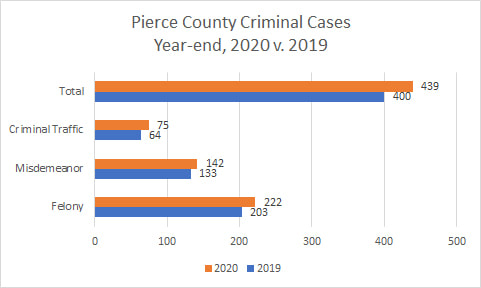
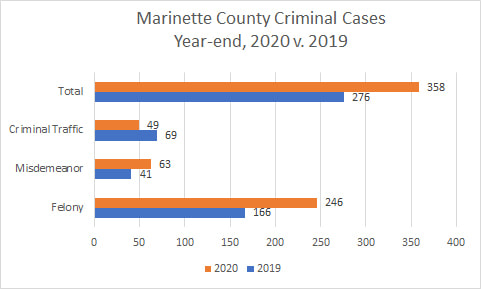
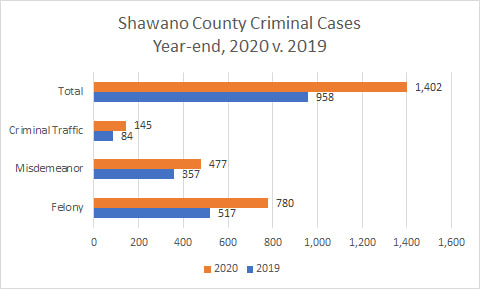
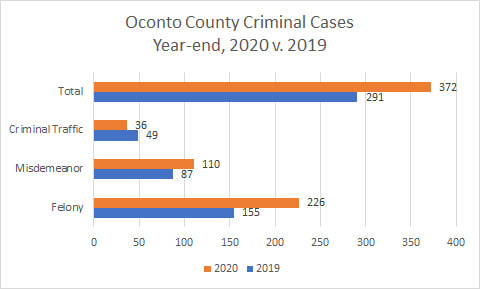
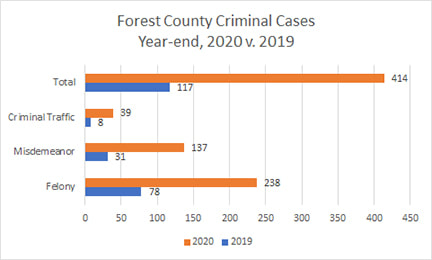
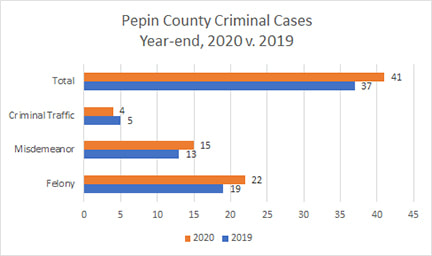
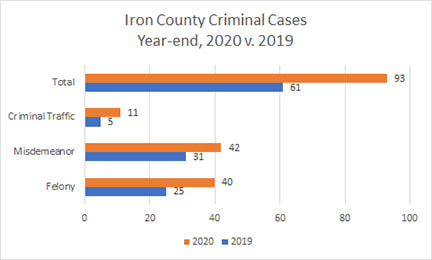
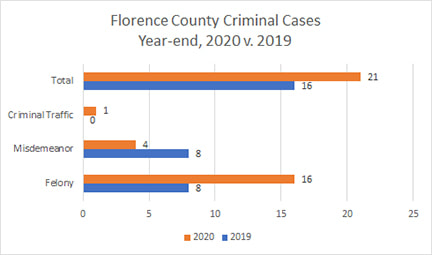
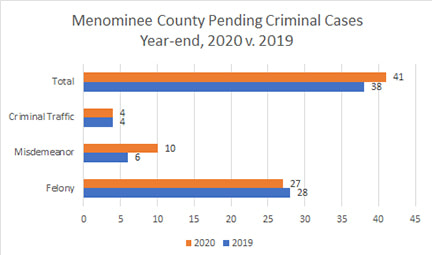
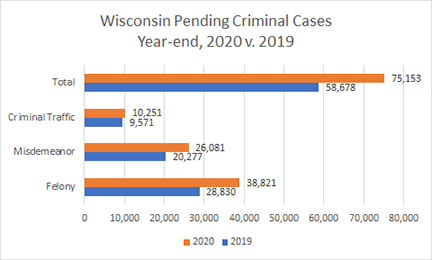
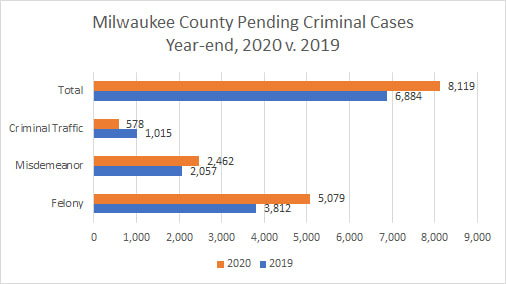

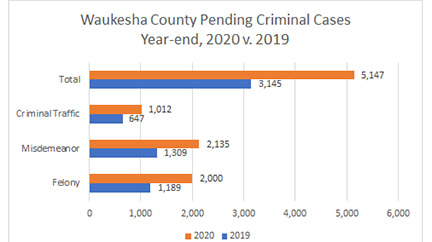
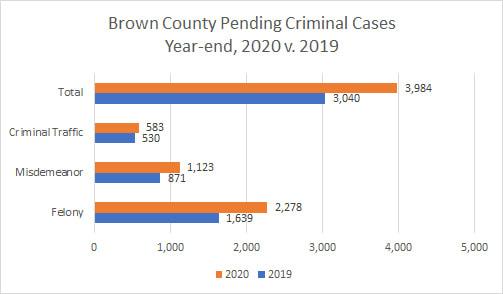

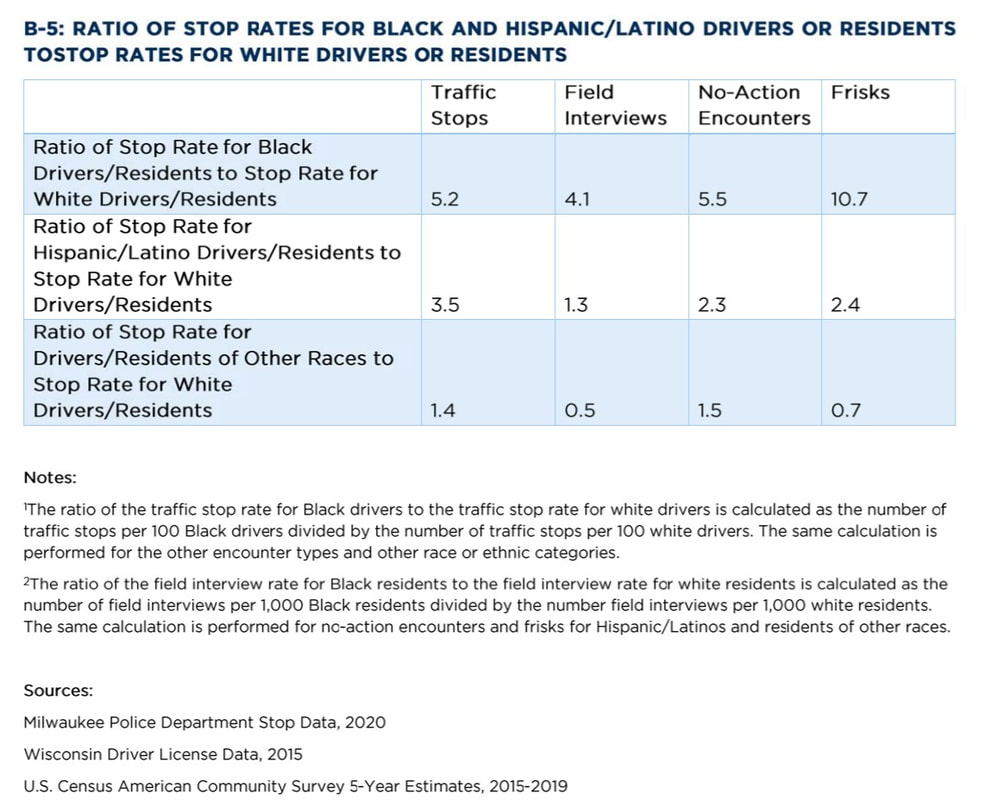
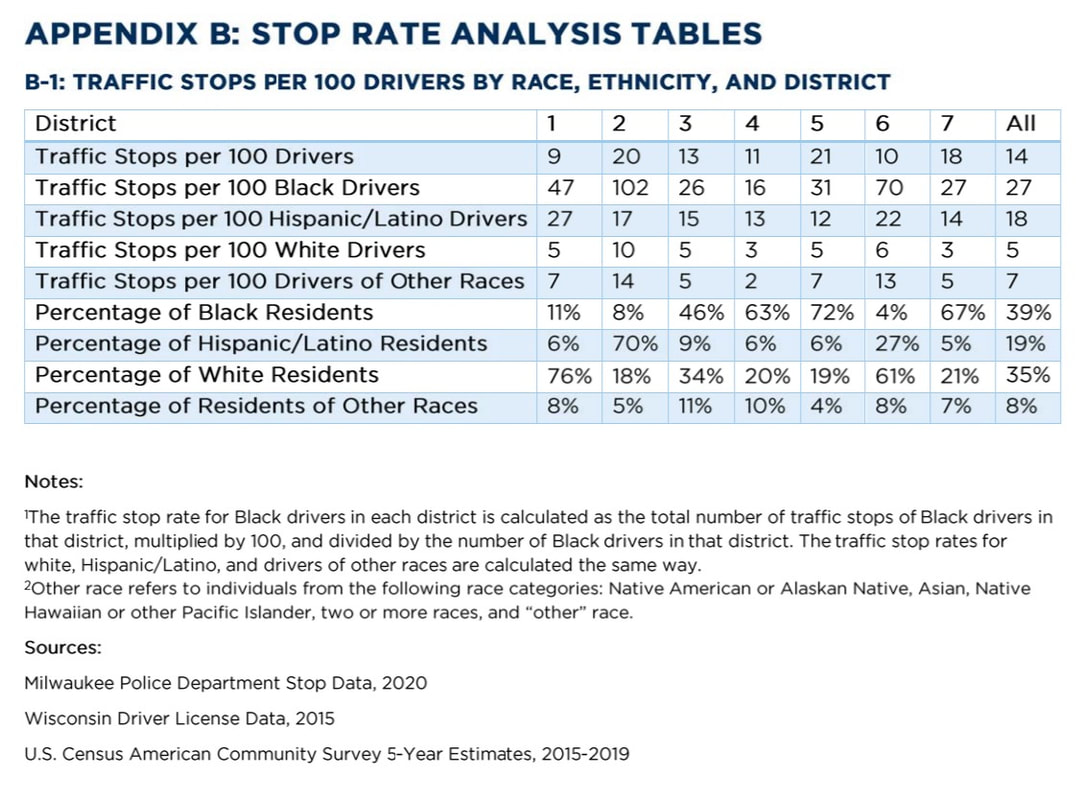

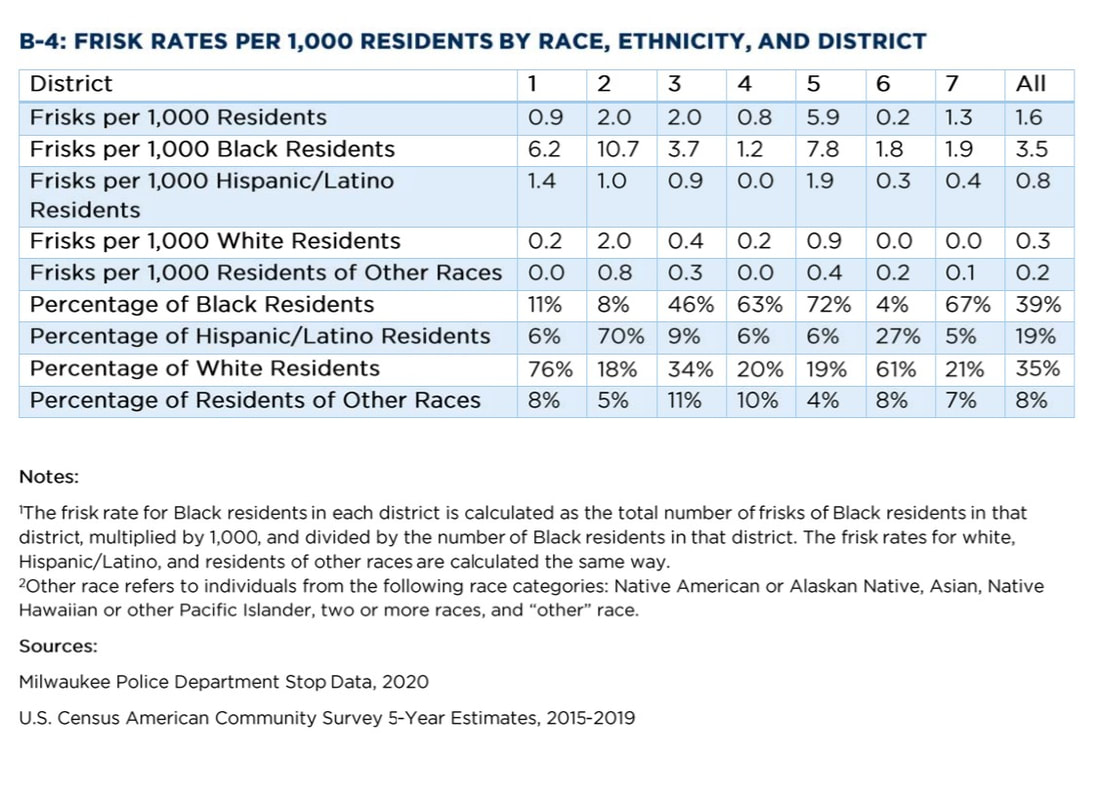





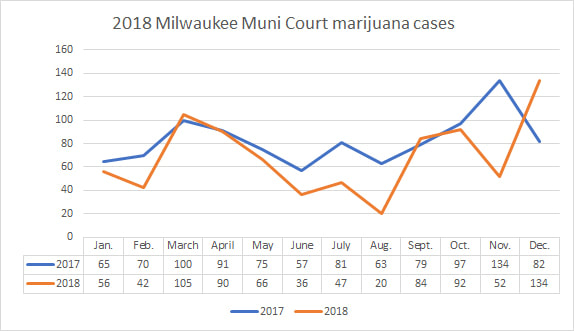

 RSS Feed
RSS Feed